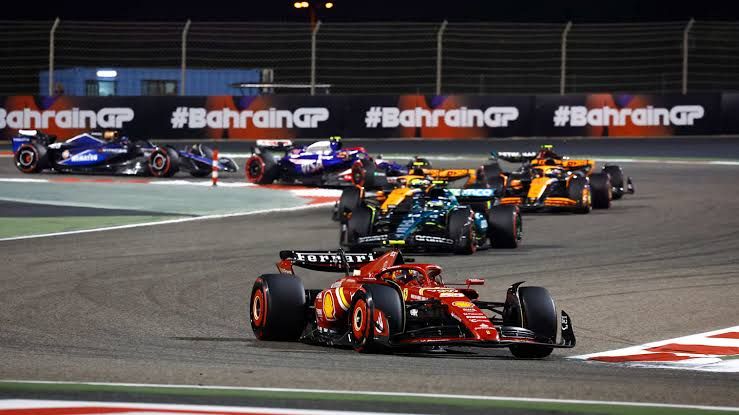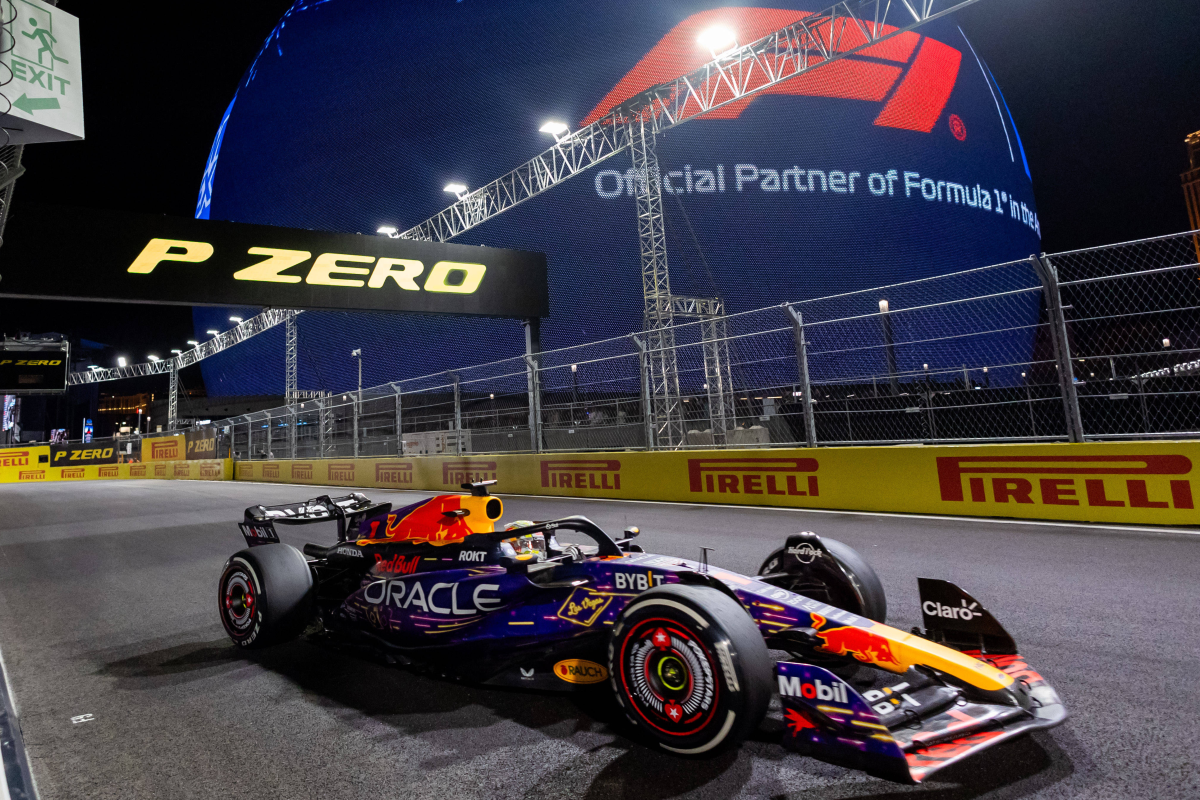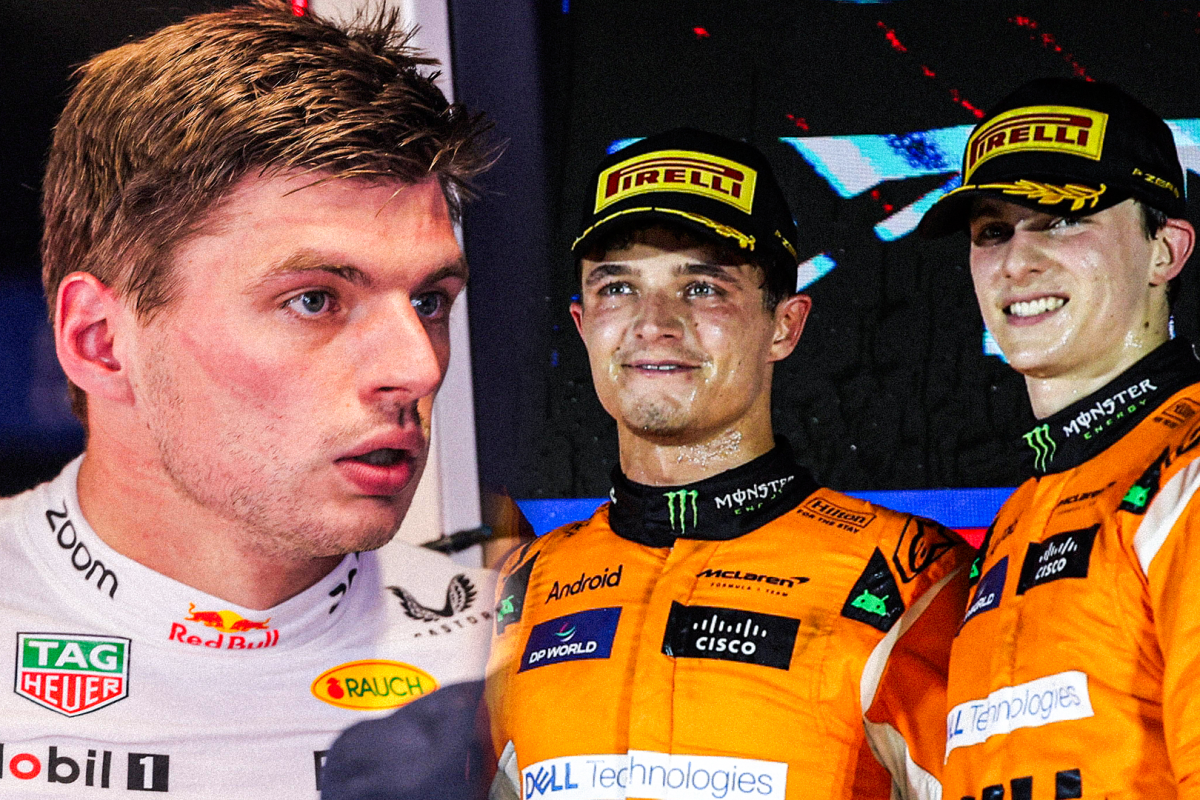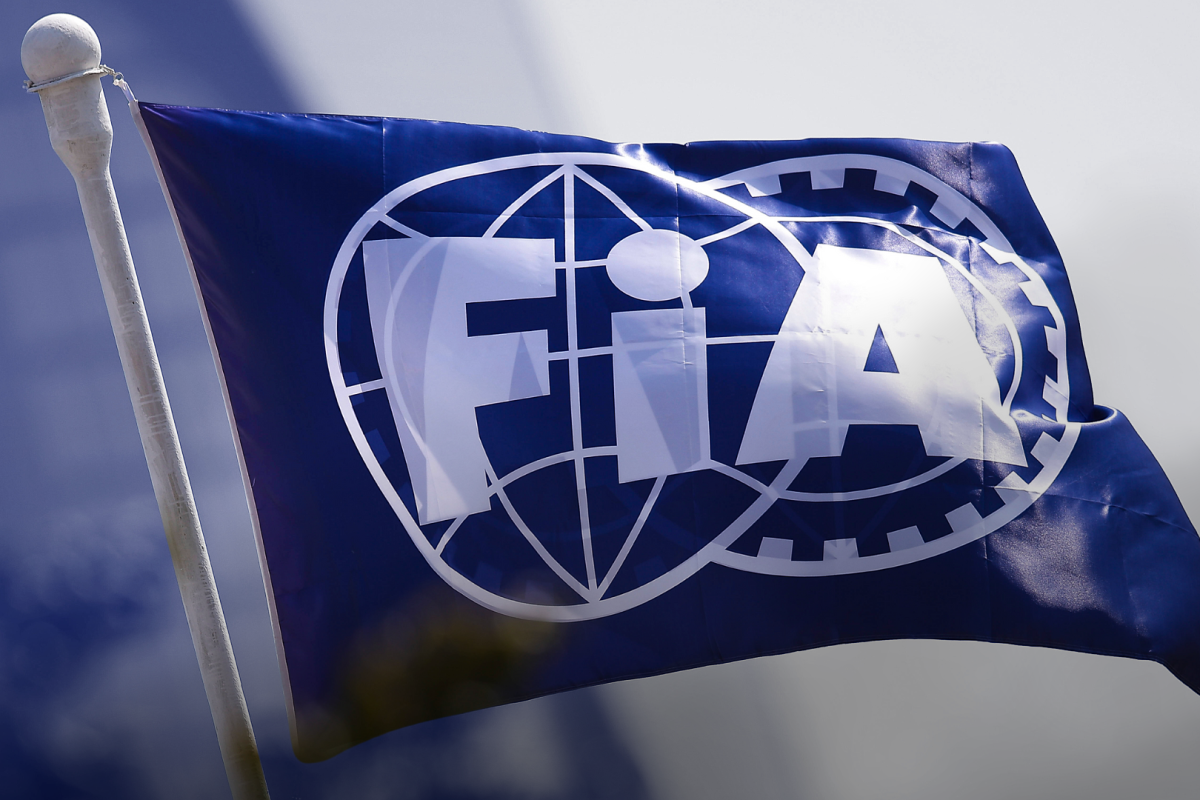FIA Mandates Tyre Compound Change for Saudi Arabian Grand Prix to Boost Strategy and Excitement
In a bid to shake up race strategies and inject more unpredictability into the 2025 Formula 1 season, the FIA has confirmed a mandatory tyre compound change for all teams and drivers ahead of the Saudi Arabian Grand Prix. The announcement, made in coordination with F1’s exclusive tyre supplier Pirelli, reveals a significant shift in the rubber compounds allocated for the fifth round of the championship, set to take place at the high-speed Jeddah Corniche Circuit.
Unlike the opening four races of the season — held in Bahrain, Saudi Arabia (in this adjusted calendar), Australia, China, and Japan — which featured the harder C1, C2, and C3 compounds, the Saudi Arabian Grand Prix will now utilize Pirelli’s softer selection. Teams will be required to run with C3 as the Hard tyre, C4 as the Medium, and C5 as the Soft — a step softer across the board compared to earlier races.
The change comes as a result of collaborative discussions between the FIA, Pirelli, and various F1 teams. The goal is to create more diverse pit stop strategies and stimulate more dynamic and engaging racing. Pirelli highlighted that the previous four editions of the Saudi GP have largely featured predictable one-stop strategies, leading to limited overtaking and less excitement. By introducing the softer compounds, Pirelli hopes to encourage teams to take more risks with strategy, potentially resulting in two-stop races or even more complex tactical decisions.
A key factor influencing this decision was the growing criticism over the lack of action during recent races — particularly the Japanese Grand Prix at Suzuka. Despite its rich racing history, this year’s event at Suzuka saw only 15 on-track overtakes following the opening lap. Max Verstappen led the race from start to finish with little challenge, showcasing how low tyre degradation and minimal pit strategies can lead to processional racing. The resurfaced first sector at Suzuka was partially responsible for the reduced tyre wear, allowing drivers to preserve their tyres far longer than expected.
Similarly, the newly resurfaced circuit in China revealed how modern, smoother asphalt can be more forgiving on tyre wear, further emphasizing the need for external interventions to keep races exciting. In contrast, no such track surface changes have been made at the Jeddah Corniche Circuit ahead of this weekend’s Grand Prix, meaning the existing surface — already known for being relatively abrasive — could pair with the softer tyres to significantly increase degradation.
Weather conditions are also expected to play a role in how tyre strategies unfold. With high temperatures forecasted throughout the race weekend, track surface temperatures are likely to soar. This heat, when combined with the softer C3–C5 compounds, may cause the tyres to degrade at a much faster rate than in previous races. Such conditions could lead to increased pit stops and fluctuating performance levels across different cars — particularly between teams that are more adept at managing tyre wear.
Pirelli’s intention behind the tyre change is clear: to reintroduce variability and excitement into the sport. With the introduction of softer compounds, fans could see a more unpredictable race in Jeddah, where tyre conservation, pit timing, and car setup will be more crucial than ever.
Ultimately, this move aligns with Formula 1’s broader efforts to improve on-track action and deliver compelling races for fans around the globe. The Saudi Arabian Grand Prix could serve as a turning point this season, showcasing whether these tyre strategy changes are enough to disrupt dominant performances and allow mid-field battles to thrive.




